Vision for the project
To inform the strategic and complementary deployment of different fire detection platform, including:
- Determining where and when each technology can detect and locate fires
- Quantifying spatial and temporal variation in fire risk
Research
Several streams of data collection are used to evaluate the different detection techniques investigated by the Centre:
- Prescribed burns performed by ACT Parks and Conservation Service
- Experimental burns using a variety of forest fuel types such as leaf litter, grass and wood
- Artificial fire signals using smoke from a smoke machine and heat from a gas heater
- Opportunistic observations from unplanned bushfires
This range of data collection streams facilitate efficient data collection under controlled conditions, and insights into real fire conditions.
Analysis of detections using satellites across south-eastern NSW has shown that the freely available satellite products are not currently reliable for early fire detection. Novel algorithms developed specifically for early fire detections may improve detections from existing satellites platforms. Research on other satellites, including private satellites, explores whether these are suitable for early fire detection.
Cameras mounted on towers, UAVs (drones), and ground based IoT (internet of things) sensors are also being analysed for fire and smoke detection. Research on these sensors is focused on identifying what factors affect their detection capabilities.
Analyses identifying the key drivers of fire occurrence over space and time will help to inform the efficient deployment of different fire detection platforms.
Chief Investigators

Project Team
Prof Geoff Cary
Mr Eric Hay

